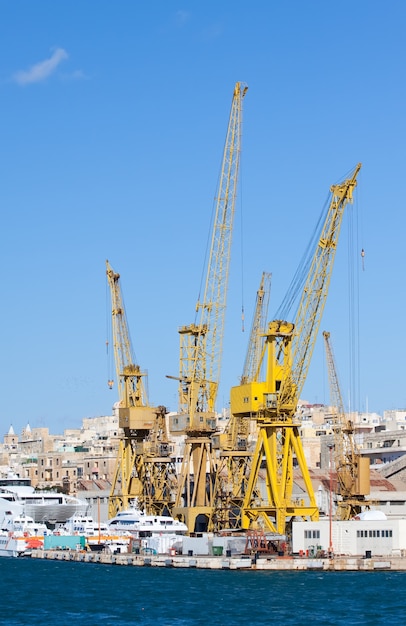

Docker inspect format go template series#
Commands to gain container controlĪdmins can stop, start, restart or remove troubled containers with a series of associated Docker console commands. Logs are available even after the container exits until an admin removes its file system. If an admin must follow ( -f) log entries three seconds before ( -until) the desired point in time, add the -f and -until options, such as the following: $ docker logs -f -until=3s stevetest

To see the entire log for a container named stevetest, the Docker console command is the following: $ docker logs stevetest
Docker inspect format go template full#
-until shows all log entries until the desired timestamp.Įditor's note: Docker syntax uses two dashes preceding a full option name and one dash preceding an abbreviated option.Īll logs command options help limit displayed log data volume so the admin can quickly locate any necessary log information.-timestamp or -t shows the log output for the desired point in time.-tail or -n shows some number (n) of lines from the end (tail) of the log.-since shows the log entries after the desired timestamp.-follow or -f shows new log output as the container runs.-details includes additional attributes to the log output, such as environment variables.Admins can tailor the log output with several options, including the following: Use the logs command, and follow it with the container's name. Logs can be some of the most useful and insightful troubleshooting information available to admins.ĭocker provides the logs command, which displays the container's history file captured to the standard output ( stdout) device on the Docker host. Use Docker logsĭevelopers are often careful to incorporate logging features that log key events during operation - especially errors and alerts when operations don't go as intended. Use the documentation that accompanies Docker to get the full range of available commands, and take time to experiment with options in a test environment to discover the most useful commands for Docker troubleshooting. However, effective container troubleshooting takes time and experience. Admins can rely on Docker logs, commands such as pause, inspect, info, stats, events and exec, as well as an entrypoint override process to troubleshoot troublesome containers. I use $'' in Bash to allow special chars like \t in my format.Docker provides a series of tools and features that help IT administrators isolate and understand a broad assortment of common container problems.

I use the -f option of Docker inspect that allows me to use a Go template to format the output of docker inspect. It made me think of a Docker-only solution (without jq): docker inspect -f $'' Output the first two elements of the array. Parse json and output regular strings: map()įor each element in the original array, find the Name and the overlay MergedDir. You can use jq like so: docker inspect $(docker ps -qa) | jq -r 'map() |.


 0 kommentar(er)
0 kommentar(er)
